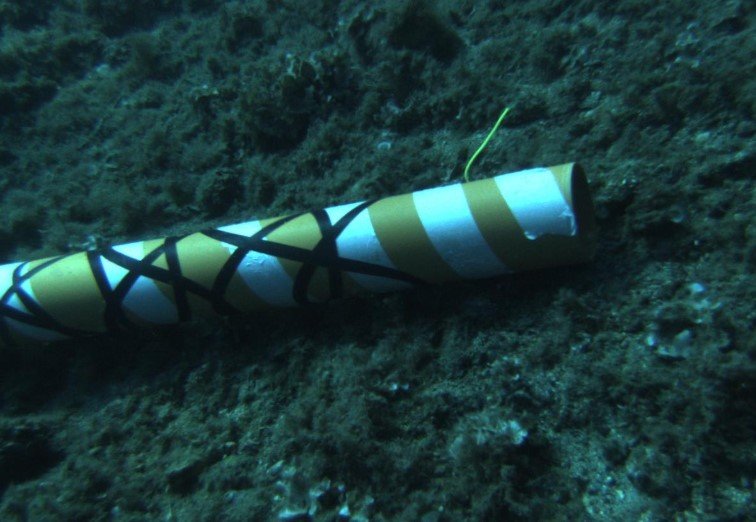Experts say recent damage to key internet cables in the Red Sea was probably caused by shipping activity, not deliberate sabotage. The International Cable Protection Committee points to commercial ships as the main culprit behind the disruptions that slowed online speeds across Asia and the Middle East starting September 6, 2025.
What Sparked the Internet Slowdowns
Multiple undersea cables in the Red Sea got severed over the weekend, leading to widespread internet issues. This vital route handles a huge chunk of data traffic between Europe, Asia, and the Middle East.
Reports show that countries like India, Pakistan, Saudi Arabia, and the UAE faced major slowdowns. Microsoft Azure services saw higher latency, forcing the company to reroute traffic and fix problems by September 7.
The cuts hit at least three major cables, including systems that carry up to 25 percent of regional data flow. Repairs are underway, but full recovery could take weeks due to the area’s tensions.
Expert Views on the Cause
The International Cable Protection Committee, a group focused on underwater cable safety, analyzed the incident. They concluded that accidental damage from commercial shipping is the most likely reason.

John Wrottesley, an operations manager for the committee, explained that dragged anchors from ships often cause such breaks. He noted that the last known state-sponsored cable attack happened during World War II.
While some speculated about attacks by groups like Yemen’s Houthi rebels amid Middle East conflicts, experts dismiss this as unlikely. The committee stresses that most cable faults come from everyday human errors, not targeted strikes.
- Common causes of undersea cable damage include fishing nets and natural events like earthquakes.
- Shipping anchors account for about 70 percent of accidental breaks worldwide.
- Deliberate sabotage is rare, with fewer than five confirmed cases in the past 50 years.
How the Disruptions Hit Global Connectivity
The Red Sea serves as a chokepoint for 17 major cables, making it a high-risk zone for global internet. When cuts happen, data must reroute through longer paths, causing delays.
Businesses and users in affected regions reported slower speeds and outages. For example, cloud services like Azure experienced issues that impacted users in South Asia and the Gulf.
Economic fallout includes potential losses in billions, as online trade and communication grind to a halt. One estimate puts daily global costs from such disruptions at over $10 billion.
| Affected Regions | Key Impacts | Estimated Recovery Time |
|---|---|---|
| India | Slow internet for millions, e-commerce delays | 1-2 weeks |
| Pakistan | Disrupted banking and social media | 7-10 days |
| UAE and Saudi Arabia | Cloud service latency, business interruptions | Up to 3 weeks |
| Middle East overall | Reduced data traffic by 25% | Ongoing repairs |
This table highlights how the cuts rippled across areas, based on monitoring from groups like Netblocks.
Experts warn that ongoing regional tensions could lead to more incidents, even if accidental. Shipping traffic has dropped due to attacks, but remaining vessels still pose risks.
Lessons from Past Cable Incidents
History shows that Red Sea cables have faced similar troubles before. Early in 2024, a ship damaged by Houthi attacks drifted and dropped anchor, severing lines and causing weeks of outages.
That event affected 80 percent of traffic between Europe and Asia at times. It prompted calls for better protection and alternative routes.
Today, companies are investing in redundant paths, like cables through the Mediterranean or around Africa. But the Red Sea remains crucial due to its short distance and high capacity.
In 2025 alone, global undersea cable faults have risen by 15 percent, driven by increased maritime activity and climate-related shifts.
Steps to Prevent Future Breaks
To avoid repeats, the industry pushes for stricter shipping rules in cable zones. Mapping cables clearly and alerting ships can reduce accidents.
Governments and firms are also exploring satellite backups and new cable designs that resist damage. For instance, some newer lines use armored sheathing to withstand anchors.
International efforts, like those from the committee, aim to monitor threats and share data. This could help spot risks early.
As repairs continue, share your thoughts on how these disruptions affected you. Did your work or daily life slow down? Comment below and spread the word to raise awareness about global internet vulnerabilities.








